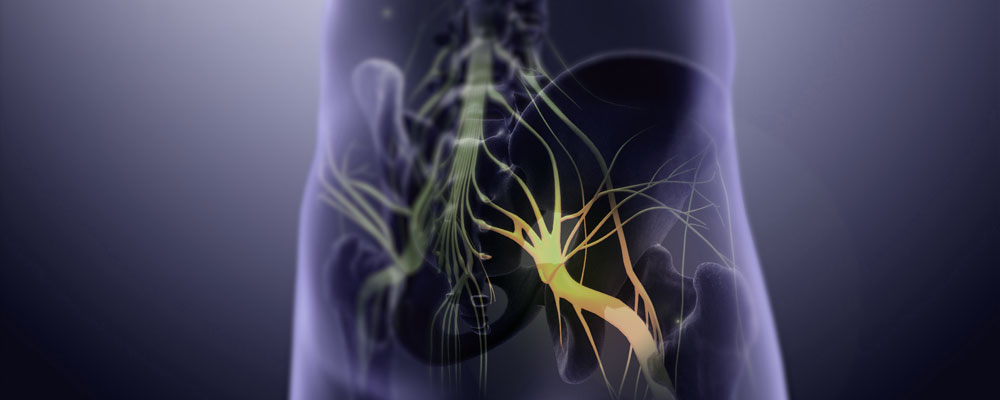If you’ve been dealing with lower back discomfort or shooting pain in your leg, it can be hard to pinpoint the cause. Two common spinal conditions that are often confused are sciatica and a slipped disc. Though these terms are frequently used interchangeably, they’re not the same—and understanding the difference is important for choosing the right treatment.
This article will help you understand the distinctions between the two and when you should seek medical care.
Sciatica is a group of symptoms brought on by pressure or irritation on the sciatic nerve, which is the biggest nerve in your body. It is not a disease in and of itself. CA isn’t a condition in itself—it's actually a set of symptoms caused by pressure or irritation on the sciatic nerve, the largest nerve in your body. This nerve runs from the lower back down through the hips and into each leg.
These symptoms usually appear only on one side of the body and can vary in intensity. Some people find walking provides relief, while others feel better lying down.

When the soft cushion between the vertebrae swells or bursts, it presses against surrounding nerves, resulting in a slipped disc, also known as a herniated disc. Based on where it happens in the spine, this may result in discomfort, numbness, or weakness. Numbness or weakness, depending on where in the spine it is, occurs.
While both conditions can lead to pain and nerve-related symptoms, they are not the same.
Feature Sciatica Slipped Disc
Getting a Proper Diagnosis
If you’re experiencing persistent back or leg pain, it’s important to consult a specialist. Diagnosis often involves
Only a qualified healthcare provider can confirm whether you're dealing with sciatica, a slipped disc, or another spine-related issue.
Treatment Options For Sciatica
Managing sciatica usually involves relieving nerve pressure and controlling inflammation. Treatment options include:
Patients searching for effective sciatic treatment in Hyderabad can now access advanced procedures like RFA, along with expert physical therapy and medical management.
For a Slipped Disc
Treatment depends on how severe the disc problem is. Options include
If you're looking for reliable slipped disc treatment in Hyderabad, many orthopedic centers and spine clinics provide both conservative and surgical care tailored to your condition.
You should seek medical attention if:
While a slipped disc can cause sciatica, not every case of sciatica comes from a disc problem. The key difference lies in the cause—sciatica is a nerve pain pattern, while a slipped disc is a physical spinal injury. Knowing which one you're dealing with helps ensure you get the right care and long-term relief.
If you’re experiencing leg pain from sciatic irritation or suspect disc damage, don’t ignore it. Seek timely evaluation and treatment. For those in and around the city, you can find quality sciatic treatment in Hyderabad and slipped disc treatment in Hyderabad from trusted specialists offering a mix of modern and holistic solutions.
Dr. Ravi Suman's Youtube ChannelThe results of plasma therapy last for 18 months to 2 years. The patients would require a follow-up treatment every year.
Plasma therapy is a low-risk procedure and generally doesn’t cause side effects except for a little soreness and bruising at the injection site.
The actual injection part takes 45 minutes while some time is involved in drawing and processing the patient’s blood for injection.
A person with severe anemia, low platelet count, active systemic infection, abnormal platelet function and active cancers are not ideal candidates for plasma therapy.